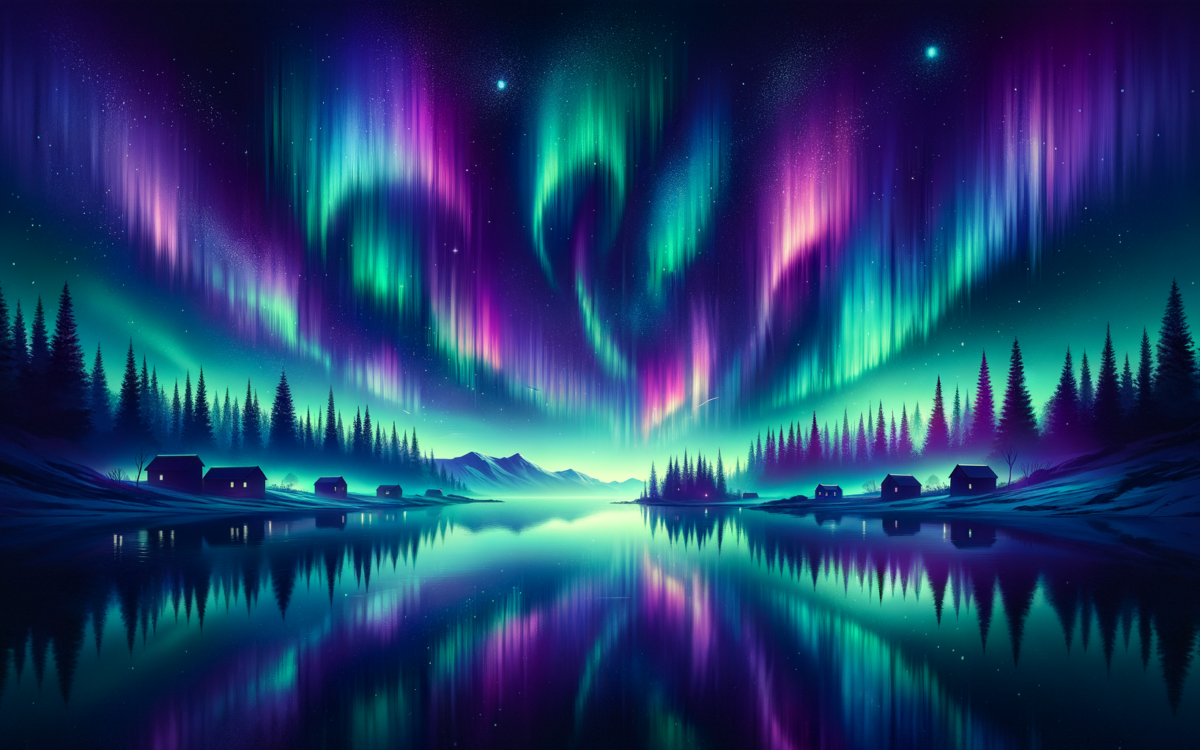Prepare for a Celestial Show: The Aurora Borealis Could Dazzle Even Further South!
- Geomagnetic storm forecast could allow aurora visibility as far south as New York and Idaho.
- This storm follows a coronal mass ejection from the sun earlier this month.
- This year’s solar activity is exceptionally high, with the sun nearing its 11-year peak cycle.
What’s Happening This Weekend?
As excitement builds, the National Oceanic and Atmospheric Administration (NOAA) is predicting a geomagnetic storm that could illuminate the night skies for those in regions as far south as New York and Idaho. This awe-inspiring spectacle comes on the heels of a coronal mass ejection (CME) that occurred on August 1, when charged plasma and magnetic fields were hurled from the sun toward our planet. When these high-energy particles collide with Earth’s atmosphere, they create those mesmerizing, colorful lights we know as the aurora borealis.
A Different Kind of Auroral Activity
Although this weekend’s storm is not expected to be as powerful as the one in early May, which provided a rare viewing opportunity for folks all the way down to North Carolina, there’s still a chance to witness the northern lights further south than is customary.
However, it’s not just about the lights! Geomagnetic storms can also stir up some trouble, causing disturbances in power grids and GPS systems due to their interference with satellites. It’s a cosmic dance of beauty and chaos.
The Sun’s Peak Activity
This year has seen a spike in auroral activity as the sun approaches the climax of its 11-year solar cycle. The intensity is so pronounced that the geomagnetic storm in May was deemed the most impactful in the past twenty years. With the sun currently buzzing with activity, stargazers may find themselves blessed with more chances to catch these celestial wonders.
Tips for Viewing the Auroras
Predicting space weather can be a bit of a cosmic conundrum, much like forecasting Earth weather. Therefore, it’s advisable for hopeful sky-watchers to keep an eye on NOAA’s aurora forecast to stay updated on where the lights may make their appearance. For the best chance to see the radiance, venture outside close to midnight and find a location far removed from the glow of city lights. Pro tip: if you’re having difficulty capturing the beauty with your eyes, your smartphone camera might just capture more colors and light than you could perceive!
Jon’s Take
Isn’t it fascinating how the universe gives us a preview of its wonders right from our own backyards? As we gaze at the auroras dancing, one can’t help but wonder what other cosmic mysteries await us beyond our planet. The truth isn’t just out there – it’s right here, inviting us to look up and embrace the unknown.
Original Article




